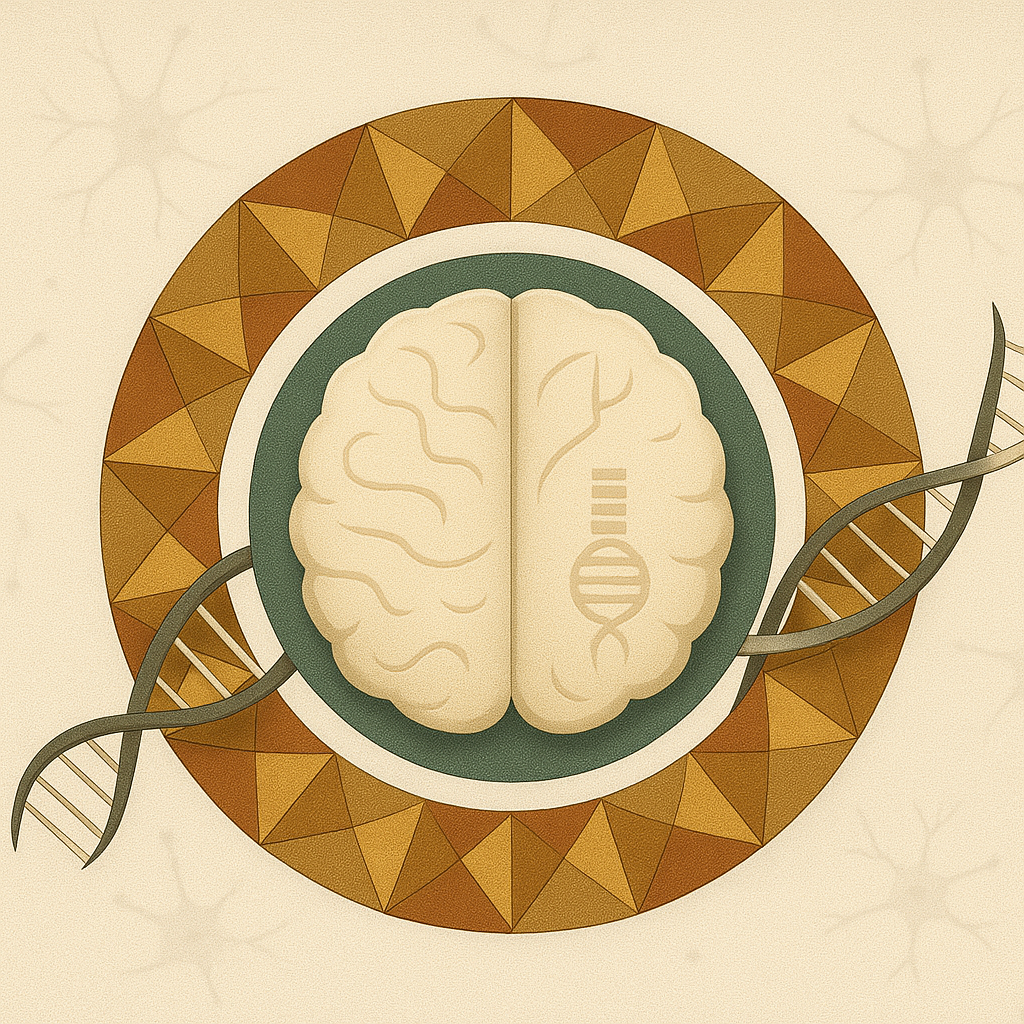What is Amish Lethal Microcephaly?
Amish lethal microcephaly (ALM) is a rare and devastating genetic disorder characterized by an abnormally small head at birth and a profoundly underdeveloped brain. First identified in infants of the Old Order Amish population, its name reflects both the community in which it was discovered and its uniformly fatal outcome. The condition is not just a failure of the brain to grow, but an active process of brain tissue breakdown that occurs before birth.
The root of this disorder lies in a specific genetic failure that cripples the energy supply of developing cells. ALM follows an autosomal recessive inheritance pattern, meaning an affected infant must inherit a mutated copy of the SLC25A19 gene from both parents, who are typically carriers without symptoms. This gene holds the instructions for a vital transporter protein in the mitochondria, the powerhouses of our cells.
This transporter's job is to move thiamine pyrophosphate, the active form of vitamin B1, into the mitochondria. Thiamine is an essential helper molecule for converting nutrients into cellular energy. When the SLC25A19 transporter is defective, this crucial ingredient cannot reach the mitochondrial machinery. This creates a catastrophic energy deficit, effectively starving the rapidly developing brain cells of the power they need to multiply, grow, and survive. This energy crisis is what triggers the widespread cell death and tissue degeneration seen in ALM.
The Devastating Impact on Brain Development and Function
The fundamental genetic error in Amish lethal microcephaly triggers a cascade of devastating consequences for the brain's structure, its cognitive potential, and its ability to control basic bodily functions. The impact is not a delay in development but a complete and permanent halt, resulting in a global absence of neurological function.
Catastrophic Failure in Brain Structure
The severe energy shortage during critical periods of fetal development prevents the brain from forming correctly, leading to significant and widespread structural malformations. Neuroimaging of infants with ALM reveals a brain that is not only extremely small but also profoundly abnormal in its architecture.
Common structural defects include a thin or entirely absent corpus callosum, the thick bundle of nerve fibers that connects the two hemispheres of the brain. The brainstem, which controls essential life functions like breathing and heart rate, is often severely underdeveloped. Furthermore, the process of cortical migration, where neurons travel to their correct positions to form the layers of the brain's cortex, is deeply disrupted. This results in an abnormal brain surface, often with features like polymicrogyria, a condition where the brain has too many small and irregular folds.
The Absence of Cognitive and Social Development
The profound structural damage makes any form of cognitive development impossible. This is not a matter of severe intellectual disability on a spectrum; it is a complete inability of the brain to form the neural connections required for thought, learning, awareness, or memory. From birth, the infant's neurological state is static, without the dynamic growth that characterizes even the earliest stages of brain maturation.
This manifests as a total lack of cognitive progression. Infants with ALM do not achieve foundational milestones such as developing a social smile, tracking objects with their eyes, or showing recognition of their caregivers. The brain's inability to process information from the environment also leads to what is known as cortical blindness and deafness. While the eyes and ears may be physically functional, the brain cannot interpret the signals they send, leaving the infant unable to form a coherent perception of the world.
Consequently, the capacity for social bonding and communication never emerges. Affected infants cannot make meaningful eye contact, respond to a comforting voice, or engage in any pre-verbal interactions like cooing or babbling. The fundamental building blocks of human connection cannot be established.
A Complete Lack of Motor and Communication Skills
The neurological devastation extends to the brain's control over the body, resulting in a complete failure to acquire any motor or communication skills. Infants are born with profound hypotonia, meaning they have extremely low muscle tone that makes them feel limp or "floppy." They lack the strength to perform even the most basic actions, such as lifting their head, rolling over, or sitting up.
Purposeful movement is absent. Instead, infants may exhibit uncontrolled and purposeless motions, such as brief, irregular choreiform jerks, which further underscore the breakdown of the central nervous system's command centers.
This lack of muscle control creates immediate and severe challenges with feeding. The coordinated suck-swallow-breathe pattern required for oral feeding is impossible due to poor orofacial muscle function. This not only prevents adequate nutrition but also creates a high risk of aspiration, where food or liquid enters the lungs. For this reason, nearly all infants with ALM require a gastrostomy tube (G-tube) for safe delivery of nutrition and hydration.
Prognosis and Supportive Care
As its name implies, Amish lethal microcephaly is a fatal condition with a very poor prognosis. There is no cure or treatment that can reverse the underlying genetic defect or repair the extensive brain damage. Most infants born with the disorder do not survive beyond the first few months, with an average life expectancy of approximately five to six months.
Given the prognosis, medical care is entirely palliative, focusing on providing comfort and managing symptoms. This includes administering medications to control the frequent and often intractable seizures, ensuring the infant remains comfortable, and providing nutritional support via a feeding tube.
A critical component of care involves supporting the family through this incredibly difficult experience. Genetic counseling is a vital resource, helping parents understand the nature of the condition, the reasons for its devastating outcome, and the 25% risk of it occurring in any future pregnancies. This support helps families make informed decisions and navigate the emotional and practical challenges of caring for a child with a life-limiting illness.










